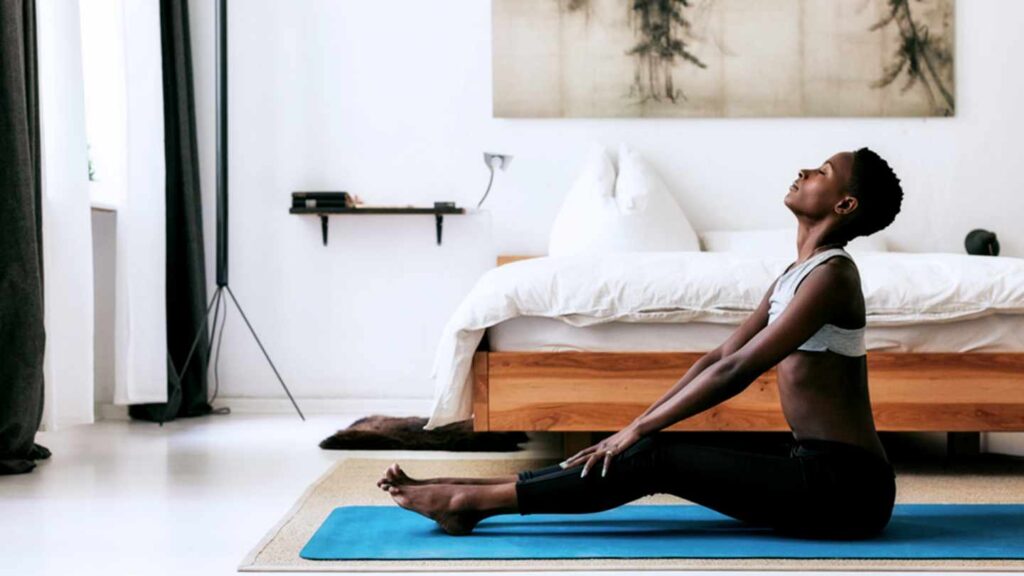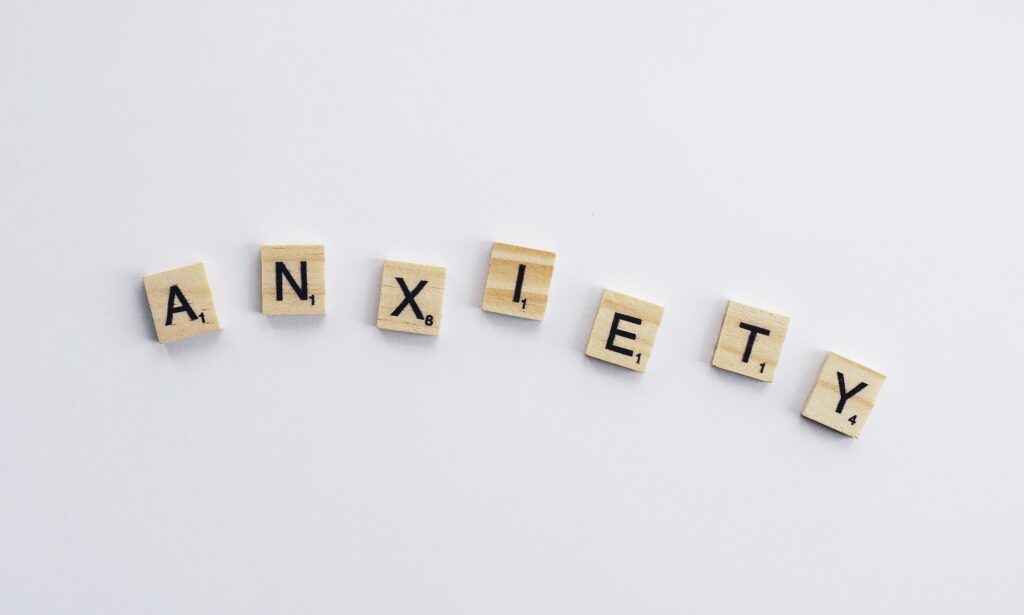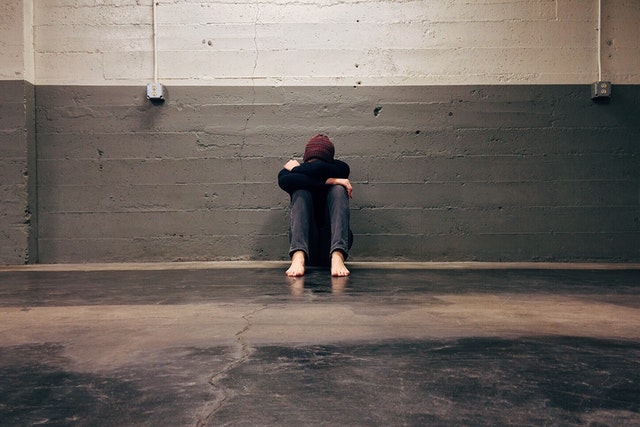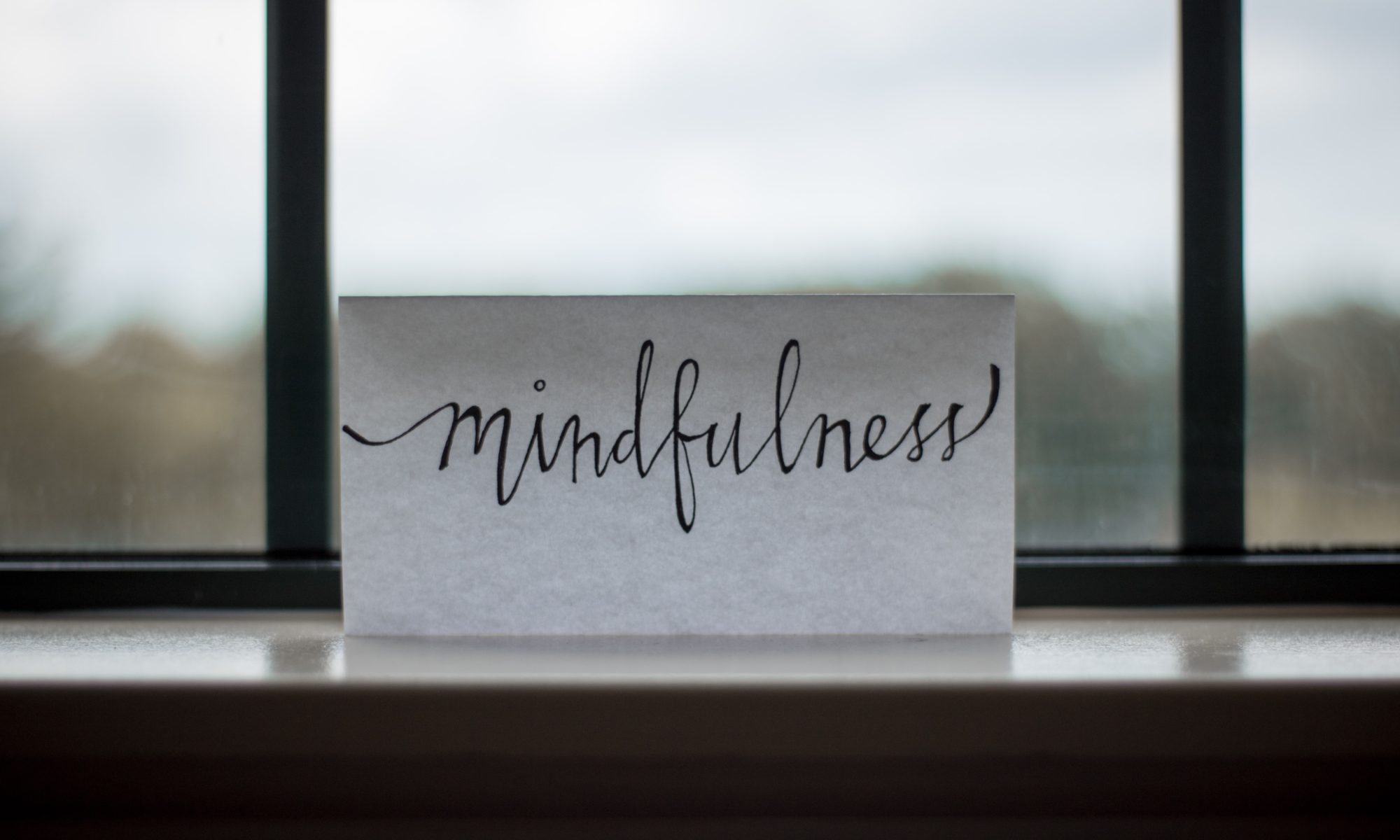People are social creatures, so it is no wonder that some of the first uses of the internet were to connect and interact with others. First it was email, then came instant messaging, then Myspace and Facebook. When first presented, Social media seems harmless and a great way to stay connected to our community.
Facebook is currently in the news when it came to light that they knew of the harmful effects of their social media platforms. While terrible, this came as no shock to many. These corporations take very few steps to change their platforms, despite understanding very well how damaging it can be to teens and adults. When a company is selling a product that is dangerous, it is important to highlight the health risks that come with it.
It is well documented that increased social media usage correlates with increased severity in symptoms of anxiety and depression. This has been repeatedly proven to the point it is well known, but broad enough where people feel that it must not apply to them. Despite studies stating this constantly coming out, social media sites are still some of the most frequented websites. A exploration into some of the threats social media causes can be helpful in understanding how detrimental it is on our mental health.
Downward comparison
We live in relation to each other. Everything is categorized by what it is similar to and what it is different from, helping us establish a basis of what the item is. It is an innate trait that has helped us survive as humans. One of the negatives is that this hardwired trait leads to what is called Downward comparison. We look at who has more money than us, who is more attractive, who seems happier. These comparisons are often based on irrational thoughts, but they still happen frequently, and lead to negative feelings. Social media platforms are rife with this type of thought as we are forced to see the very best others have to offer.
No one posts pictures that are unflattering. There is no mention of the constant fighting with the spouse. Only the highlight reel makes it, and to the public eye it seems like life is perfect. It causes feelings of resentment, inadequacy, and depression. It can take a grateful and content mind to reexamine and look through the lens of “more.” The opportunity for downward comparison exists in so many places we don’t need to go seeking it. A poll showed that over half of Instagram users have saved a picture to post for later, meaning that what we see is not accurately reflective of their life.
Isolation
Despite having social in the name, platforms like instagram and facebook have been demonstrated to cause feelings of isolation. One reason seems to be the recurring theme of taking an inaccurate view of someone’s life as accurate. Looking at a friend’s posted picture of them at a party easily causes longing thoughts of “Why weren’t I invited,” when that may otherwise have never occurred. The other reason is that while social in name, these platforms have a very limited connection in contrast to real life. Spending so much time online acts as a barrier from authentic connection. The sheer scope of the internet allows for a strange anonymity, where one can feel invisible. While social media provides the opportunity to make connections otherwise unavailable, it still pales in comparison to having to be seen and actively present in an environment.
Cyberbullying
Cyberbullying is a real threat, and the anonymity of the internet makes it a breed. Despite awareness of privacy concerns, people pour their hearts out on social media and frequently share vulnerabilities. This especially applies to adolescents, who are the highest users of social media. As with most adolescent groups, bullying is a major problem and hard to stop. The anonymity provided by some apps and platforms makes it especially challenging to stop cyberbullying.
Social Media creates distorted Beauty Ideals
Our self esteem is highly tied to how attractive we feel we are, especially during adolescence. This is a dangerous line of thinking when we are on an even playing field, but today’s social media posts are highly distorted and altered using software like photoshop. This destroys any reality and leads to false comparisons.
Body image issues are already prevalent and common, now factor in that we are not comparing ourselves with real images, but instead images that are highly altered and distorted. You can see trends where unnatural figures become the “ideal of beauty.” Imagine playing a game that is simply unwinnable if you don’t cheat. That is the world that social media has created, and provides an explanation into skyrocketing levels of depression and eating disorders.
70% of normal weighted women want to be thinner. Over 50% of teen girls and 30% of teen boys engage in unhealthy weight loss behaviors, such as laxatives, skipping meals, vomiting, fasting, or taking laxatives. What’s worse is that we know that the standards set in the media are unattainable. In one study, 65% of respondents reported that body image ideals set by the fashion industry were “too skinny.” Photoshop has become so ubiquitous that it is seen in everyday users’ posts on instagram. It is no longer reserved for magazines and commercials. It is now more logical to assume that the picture is photoshopped than to assume it is not. The attack on body image and self esteem is a major cause of high rates of depression and anxiety. (Gallivan, 2019)
False information
We have seen how much of what is posted on Facebook was found to be “fake news,” whether it is factually incorrect or even created to manipulate voters. This has led to a need for skepticism and scrutiny when reading. The emergence of fake news has caused divides in public discourse as families are politically split. It has created polarization and animosity in politics, which has driven stress and anxiety for many people. Whether it is due to existential dread or firsthand frustration and anxiety with family, the effect social media has created on politics is decidedly negative.
Is Social Media All Bad?
Just as social media was created for good purposes, it is possible to use these platforms and minimize the negative effects. As this is a post on the negative effects, the positive aspects of social media were not mentioned. They do exist, and it is the user’s responsibility to balance the good and the bad. Moderation is key, as with everything else. An understanding of the flaws and dangers can help the user be aware to not fall into the traps set by social media. A smart exercise is to track your emotions the next few times you use social media, and see what effect it has on you. Does it actually relax you or cheer you up? Or is it a self destructive action that has become habit? Awareness is always the first step and can help you decide how to best fit social media into your life. If you feel like you are struggling, seek out a consultation from our therapists to help build the skills to repair your self esteem and control negative thoughts.









